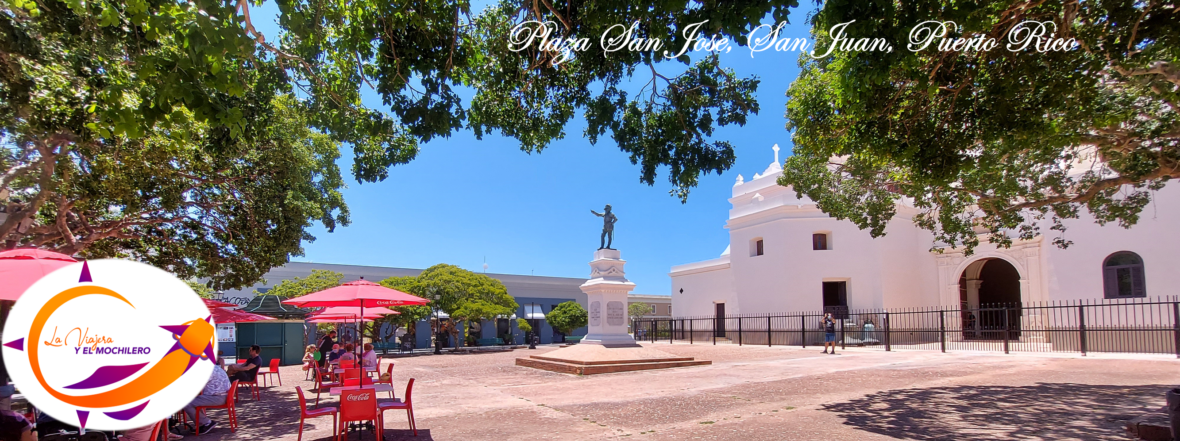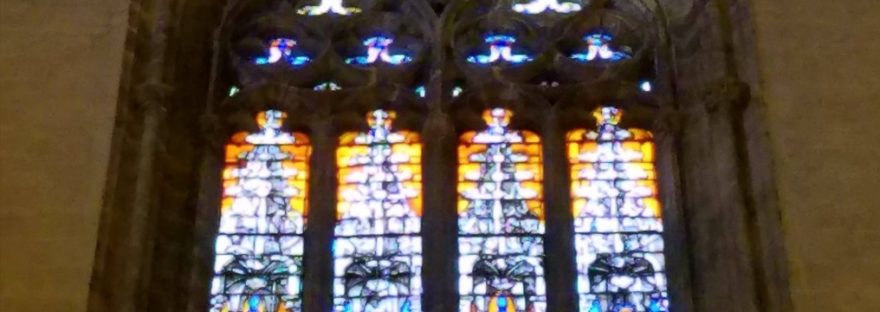In the book The Stained Glass of the Cathedral of Seville by Víctor Nieto Alcaide indicates that, “you can not conceive the meaning and grandeur of a Gothic cathedral without the atmosphere of light and color that its stained glass windows create. In the gothic cathedral, the colored light that invades the interior is the fundamental element by which it appears unified and all architecture is sublimated. Hence, the importance of the well-preserved ensemble of its stained glass windows for the cathedral of Seville. “

Santa María de la Sede de Sevilla, the largest Gothic cathedral in the world, is one of the few buildings that have a large number of stained glass windows. It has cataloged a total of 81 stained glass windows, being the oldest of the XIII century.

The stained glass windows constitute a museum inside the Cathedral given the dimensions of it, its architectural organization and its large number of windows.

The stained glass windows of the Cathedral of Seville were made by foreign artists bringing the influences of the main European glassmaking centers. In 1478, Enrique Alemán began to place the first stained glass windows in the central and lateral nave, and in 1577 Vicente Menardo placed the last of his stained glass windows.

The themes are varied, you can find a cycle formed by figures of prophets, figures of evangelists, the life of the saints, others to the life of the Virgin and Christ.

The City Council allocates an amount of its annual budget to the restoration of these windows. Each year, one or two are dismantled and sent to a workshop for rejuvenation. An outer glass sheet is placed as protection.

